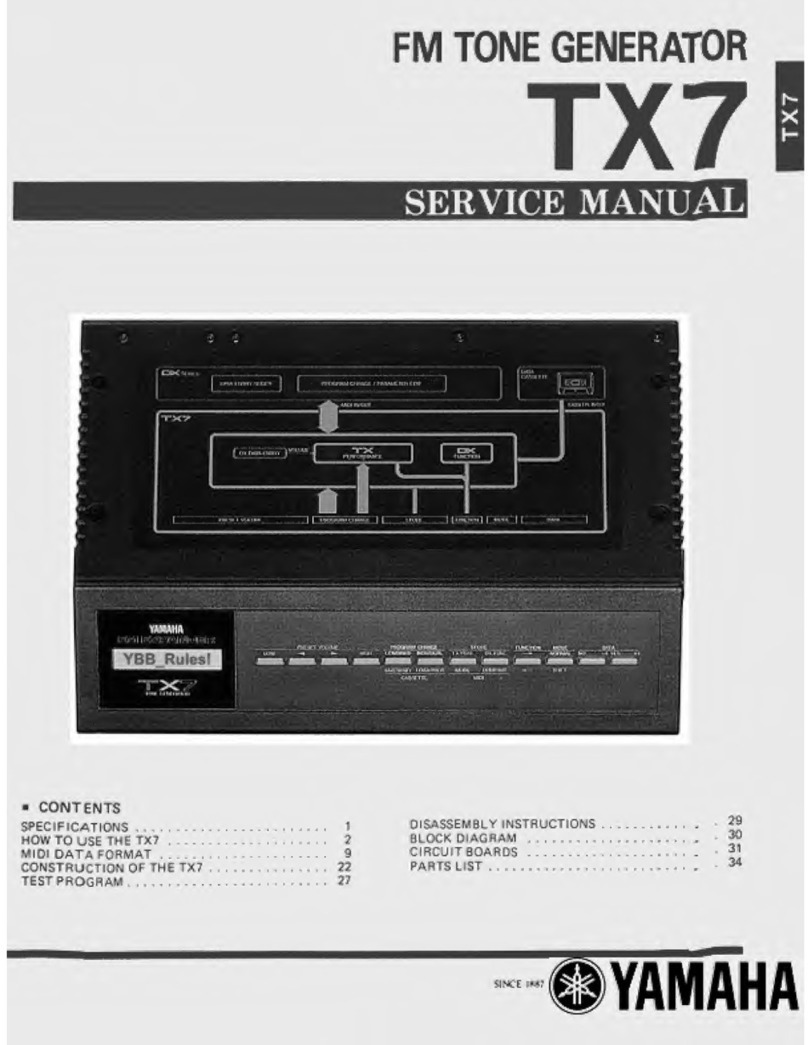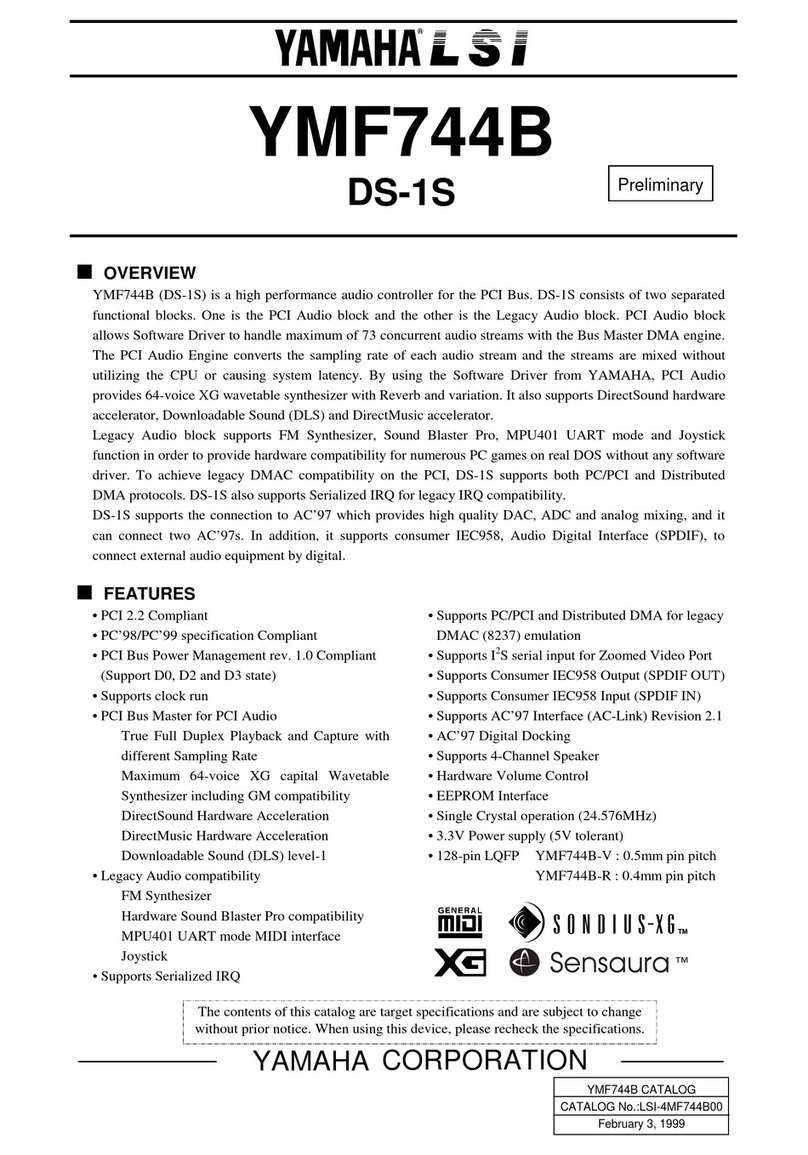Yamaha QX5 User manual
Other Yamaha Recording Equipment manuals
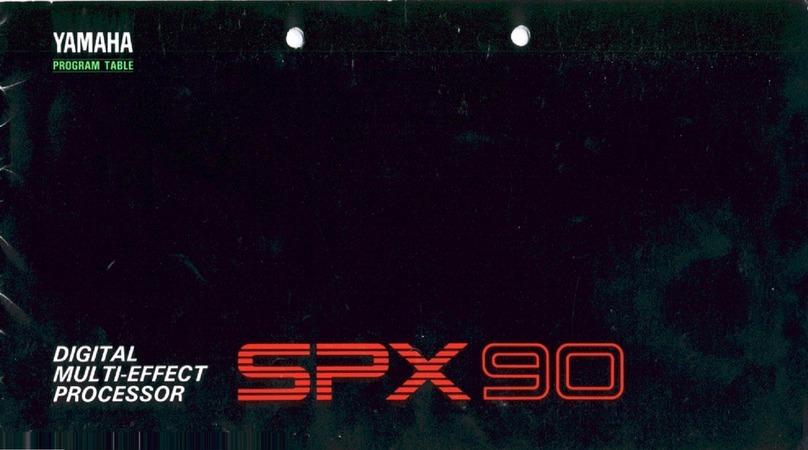
Yamaha
Yamaha SPX90 Troubleshooting guide

Yamaha
Yamaha MU5 User manual
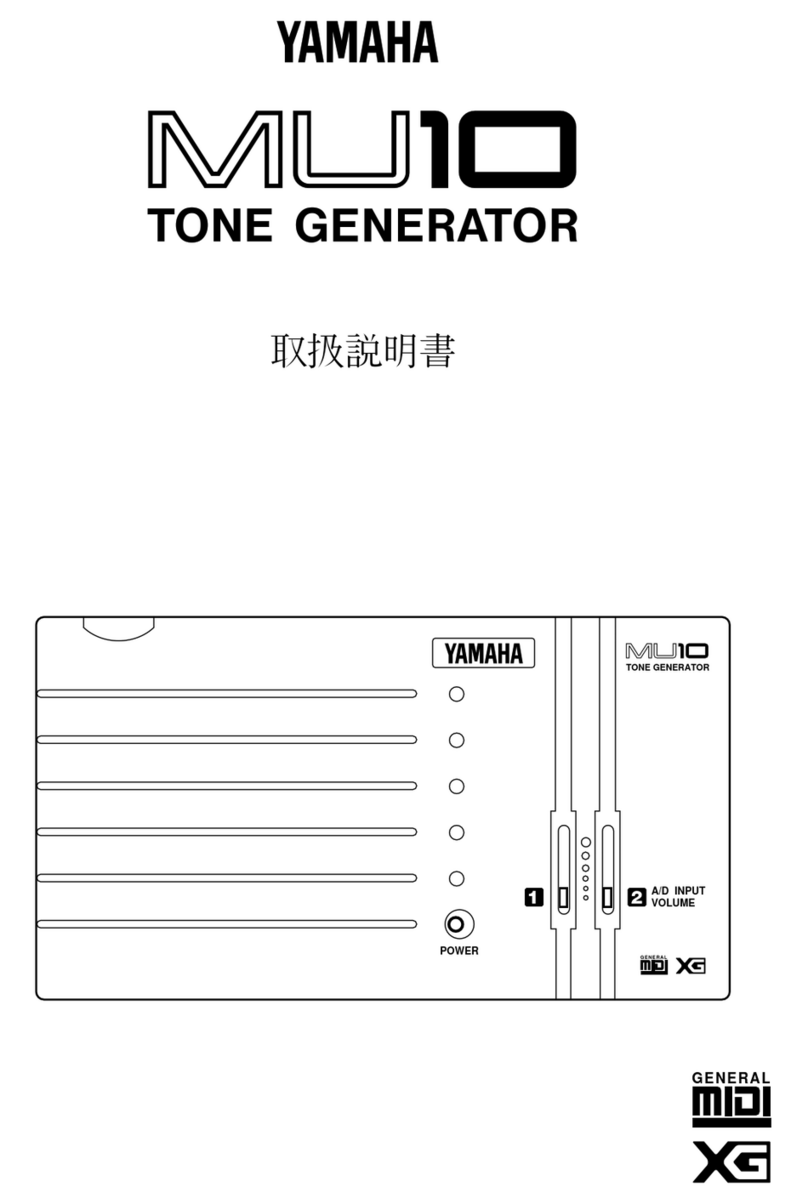
Yamaha
Yamaha MU10 User manual
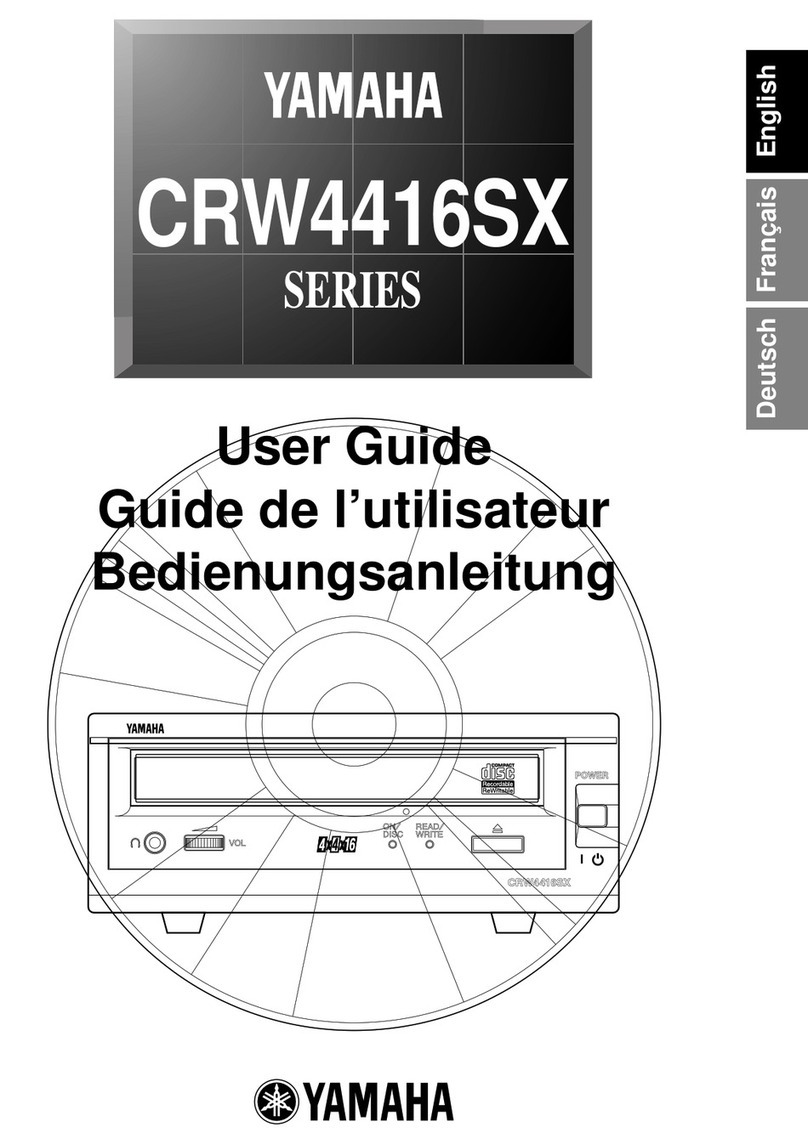
Yamaha
Yamaha CRW4416SX Series User manual
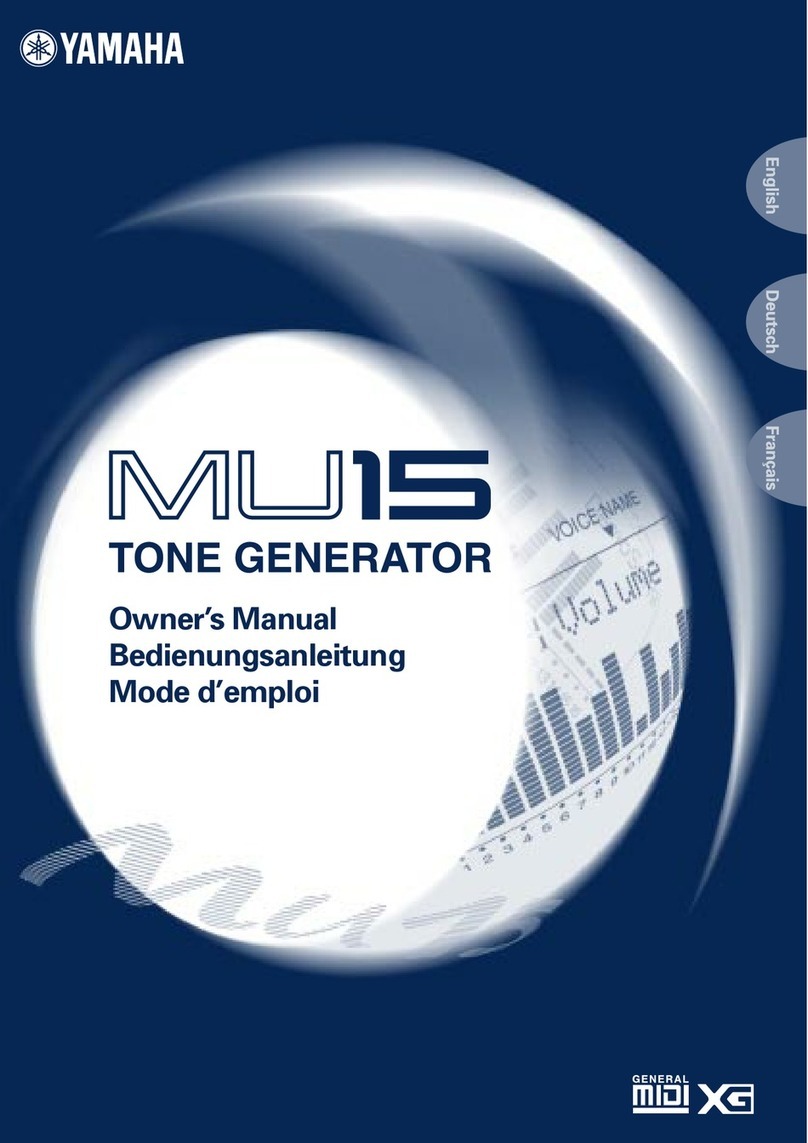
Yamaha
Yamaha MU15 User manual

Yamaha
Yamaha WX-11 User manual
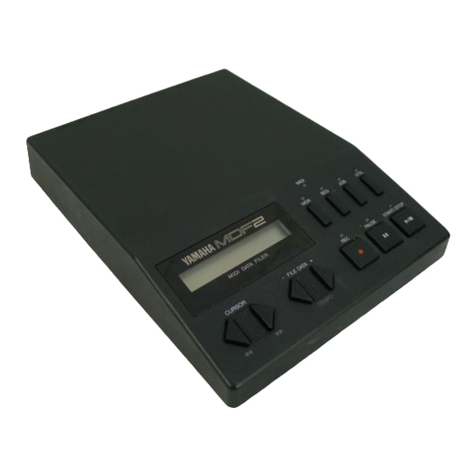
Yamaha
Yamaha MDF2 User manual
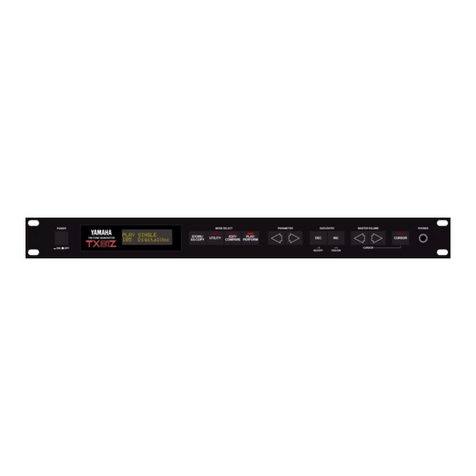
Yamaha
Yamaha TX-81Z User manual

Yamaha
Yamaha NUAGE User manual
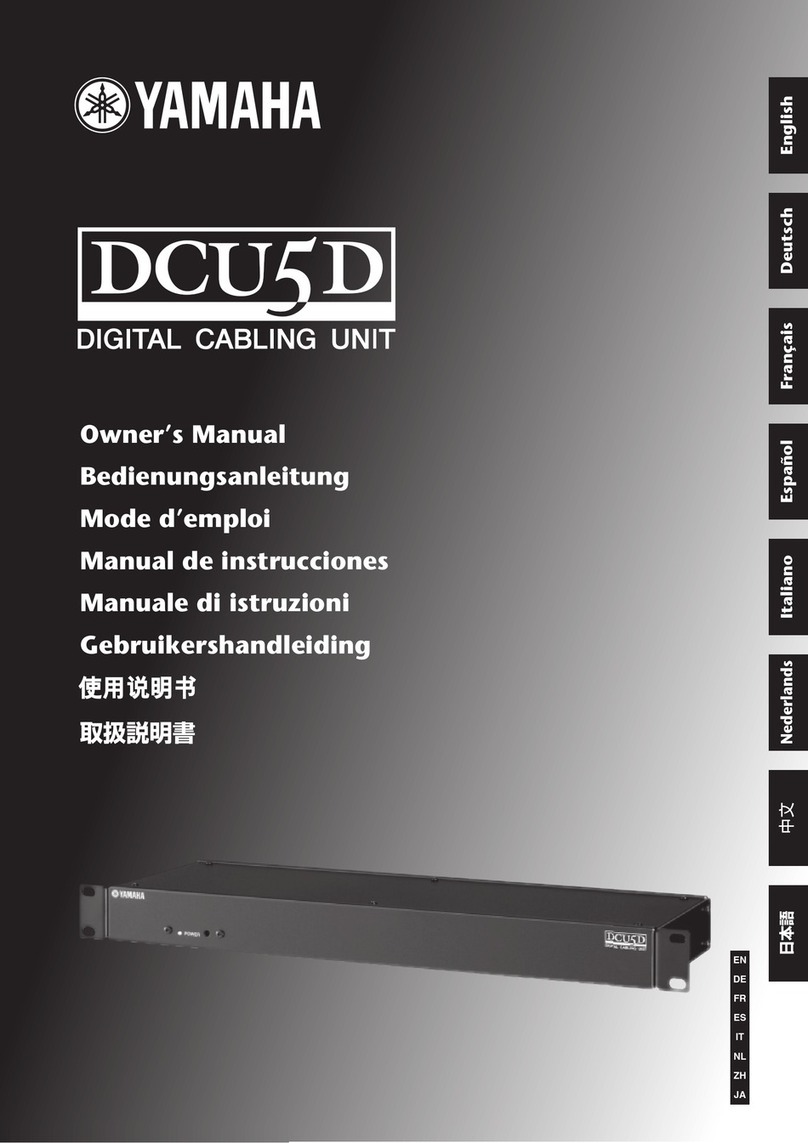
Yamaha
Yamaha DCU5D User manual
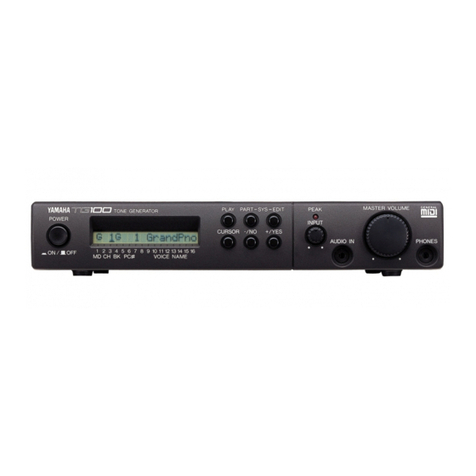
Yamaha
Yamaha TG100 User manual
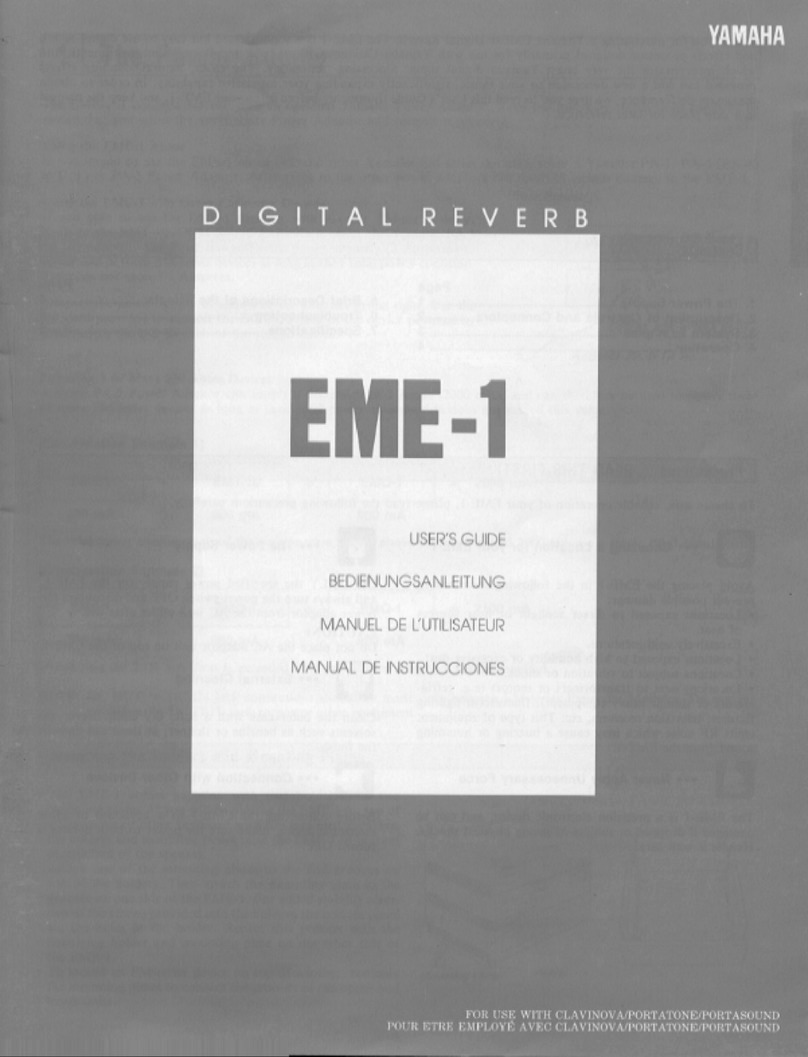
Yamaha
Yamaha EME-1 User manual
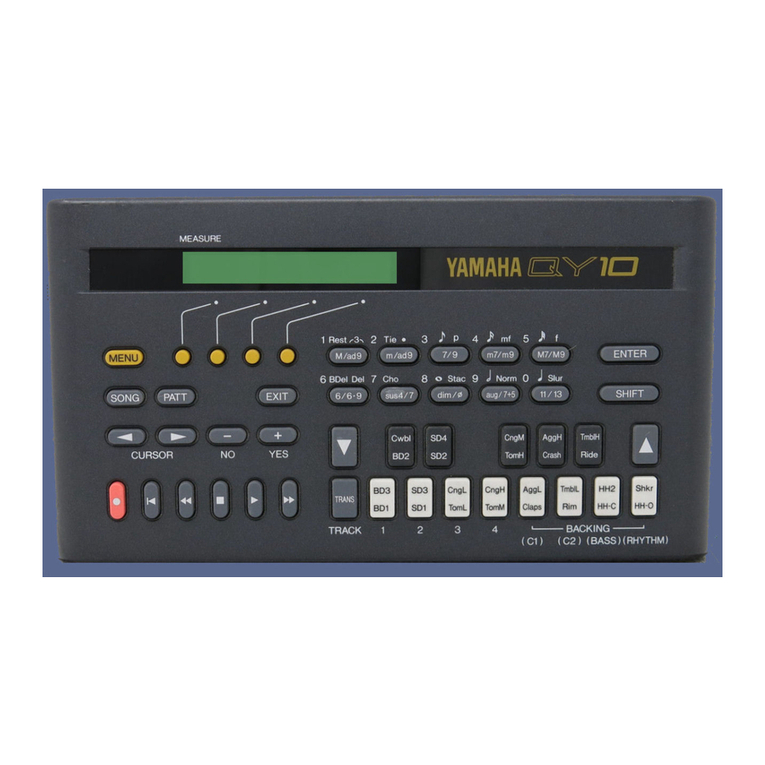
Yamaha
Yamaha QY10 User manual

Yamaha
Yamaha CDR-HD1500 User manual
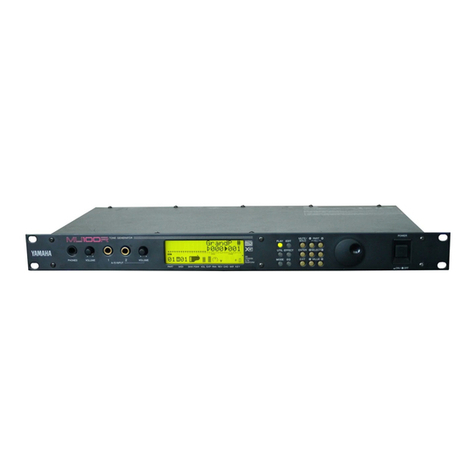
Yamaha
Yamaha MU100R User manual
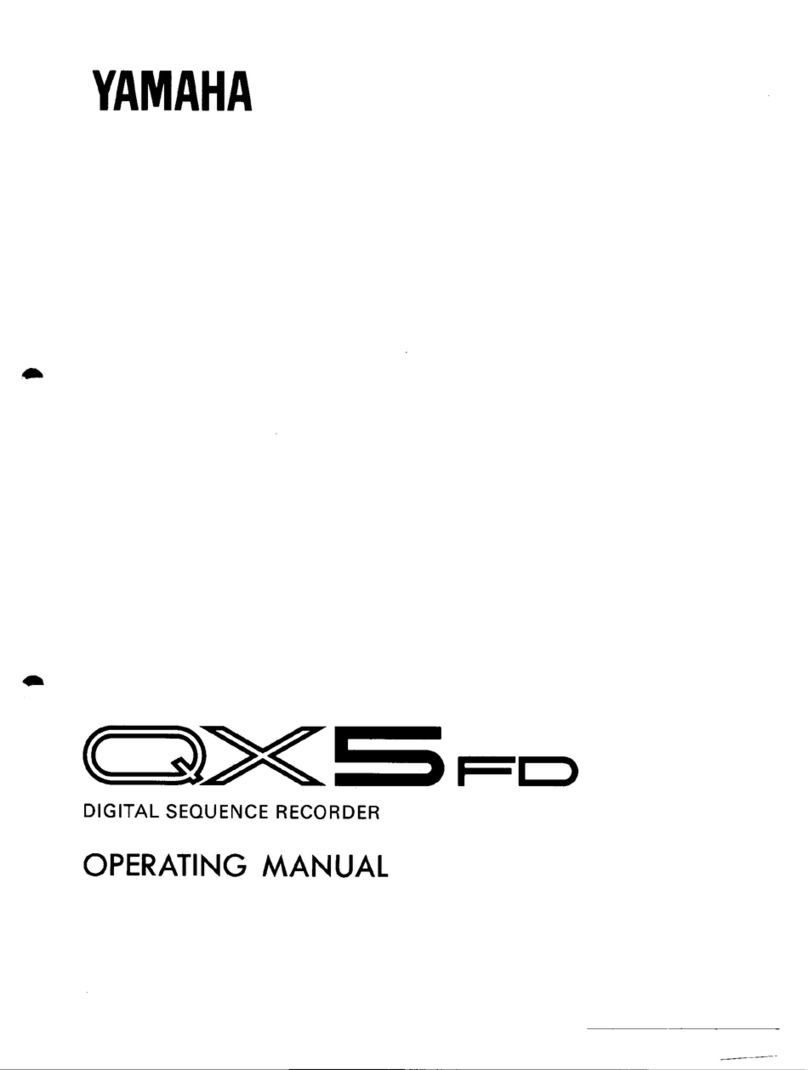
Yamaha
Yamaha QX-5FD User manual

Yamaha
Yamaha Q2031B User manual
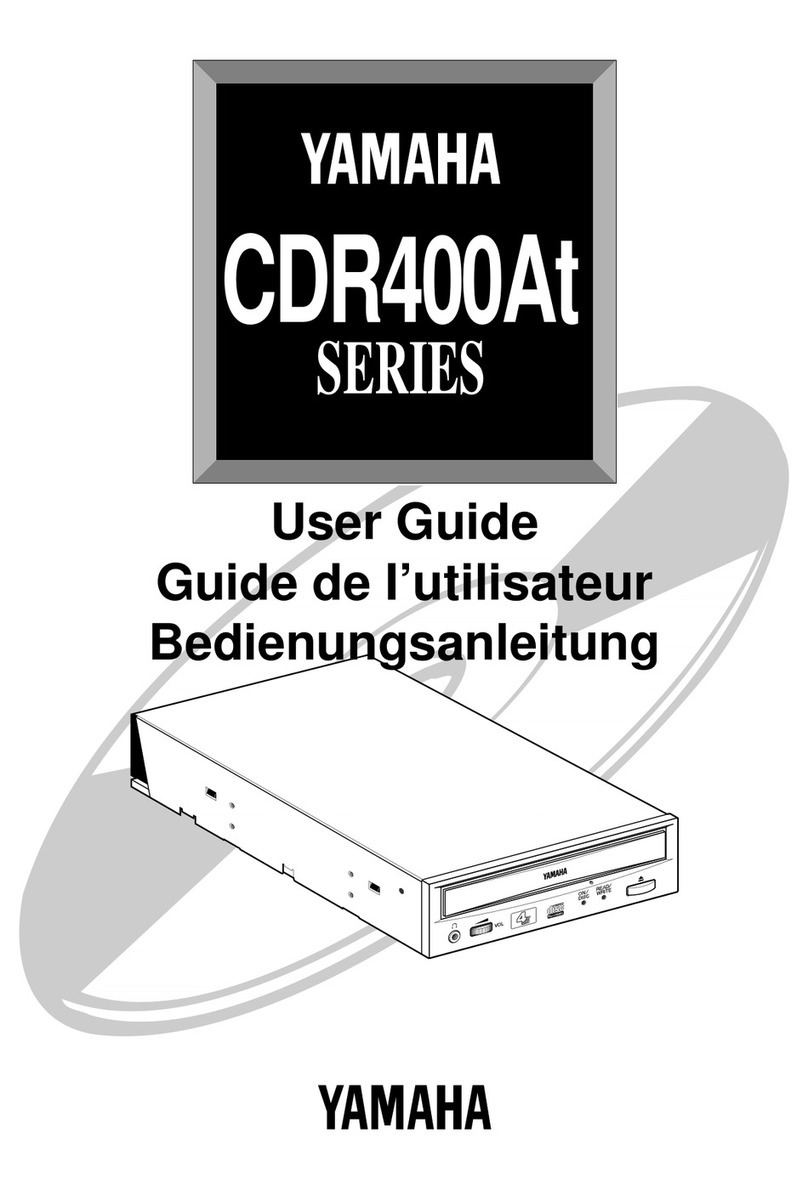
Yamaha
Yamaha CDR400At User manual

Yamaha
Yamaha TG55 User manual
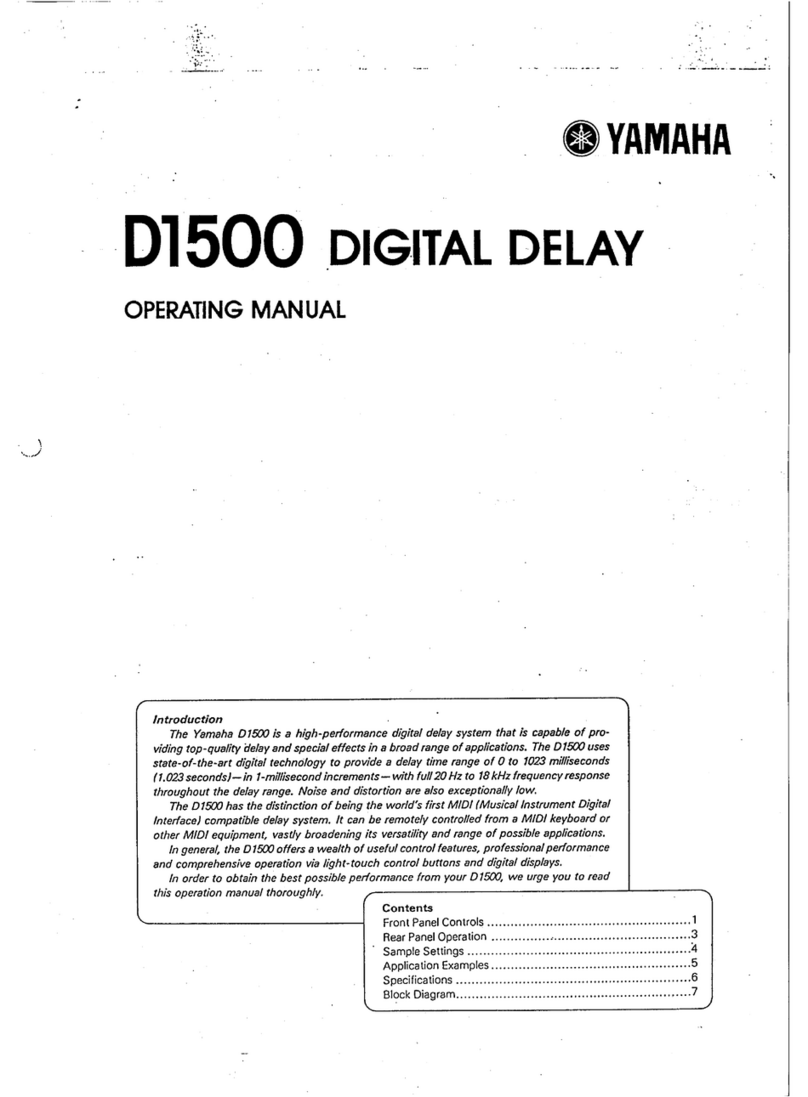
Yamaha
Yamaha D1500 User manual
